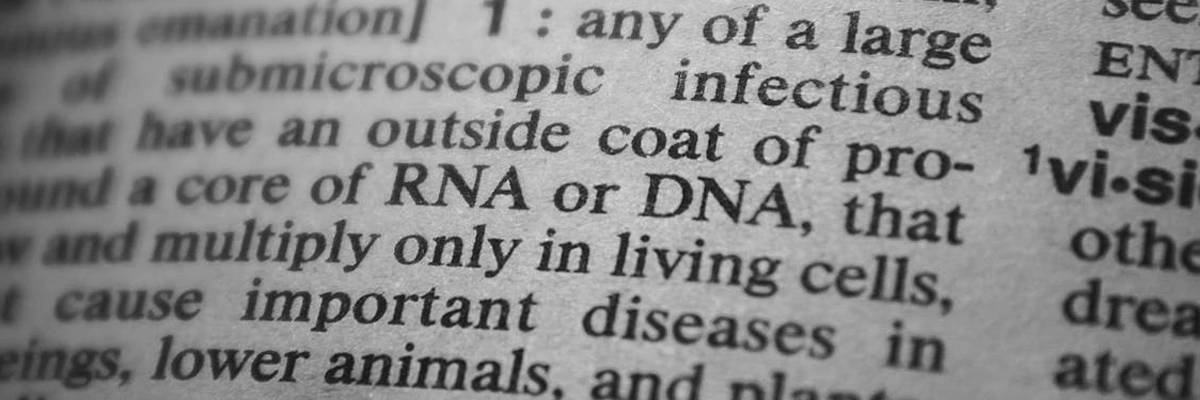
Molecular Biology and the Books That Defined It
What is life?
For millennia, this question was the domain of priests, philosophers, and poets. It was a question of “spirit,” of a “vital spark,” of a “ghost in the machine.”
Then, in the middle of the 20th century, a new group of thinkers took over. They were physicists, chemists, and biologists, and they approached the question with a radical new premise: What if life is not a mystery, but a mechanism? What if it is not a “spirit,” but a “code”?
This is the story of molecular biology.
This article is a deep dive into this field. We will first answer the foundational questions: what is molecular biology and what is the central dogma of molecular biology? Then, we will explore the four foundational books that tell the epic story of this science’s birth and evolution.
What Is Molecular Biology?
At its simplest, molecular biology is the study of life at the level of its most essential molecules: DNA, RNA, and proteins.
But this definition is too dry. It is like saying “architecture is the study of bricks.”
A more accurate definition is this: Molecular biology is the study of information. It is the science of how life stores, copies, and translates the information required to build a living organism.
It is the study of the “source code” of life.
Every living thing on this planet a bacterium, a whale, a human is built and operated by a collection of microscopic, biological machines. These machines are called proteins. Your hair, your immune system, the hemoglobin in your blood, the enzymes that digest your food these are all proteins.
The core question of all biology is: How does a cell know which proteins to build, and when to build them?
The answer is a “blueprint” molecule. This blueprint is DNA (Deoxyribonucleic acid).
Molecular biology, then, is the study of the entire system:
-
How the master “blueprint” (DNA) is stored and protected.
-
How the blueprint is “copied” (Replication) so life can reproduce.
-
How sections of the blueprint are “read” and “translated” (the Central Dogma) into the protein “machines” that do all the work.
It is the most fundamental science. It is the operating system of the cell.
What Is the Central Dogma of Molecular Biology?
If molecular biology is the “operating system,” the “Central Dogma” is its single, unbreakable rule.
The term “what is the central dogma of molecular biology” refers to the core principle of information flow in all of life. The phrase was coined by Francis Crick (co-discoverer of DNA’s structure) in 1958.
The Dogma states that genetic information flows in one, and only one, direction:
DNA -> RNA -> Protein
This is the most important sentence in biology. It is the “grammar” of life. It means that information from the “blueprint” (DNA) can create a “product” (Protein), but the “product” cannot change the “blueprint.”
What you learn, the muscles you build, the scars you get these are “products.” They cannot be written back into your DNA. This is the molecular basis for why Lamarck’s theory of evolution (that an animal could pass on acquired traits) was wrong.
This one-way street of information is the engine of all life. It happens in two main stages: Transcription and Translation.
Stage A: Transcription (The “Blueprint” to the “Photocopy”)
The first step, DNA -> RNA, is called Transcription.
Think of the cell’s DNA as a priceless, ancient, master “blueprint” library. It is stored safely inside a vault (the nucleus). You would never let this master library leave the vault, nor would you want to build the entire “machine” (the organism) inside the library.
You need to get the instructions to the “factory floor” (the cytoplasm) where the building happens.
So, the cell performs Transcription. An enzyme (RNA polymerase) “unzips” a small, relevant section of the DNA. It then creates a complementary copy of that one gene.
This copy is not made of DNA. It is made of RNA (Ribonucleic acid). This specific copy is called messenger RNA (mRNA).
The mRNA is a cheap, disposable, single-stranded “photocopy” of the instructions. It is a “work ticket.” This photocopy is then sent out of the nucleus and onto the factory floor, while the master DNA blueprint is safely “zipped” back up.
Stage B: Translation (The “Photocopy” to the “Machine”)
The second step, RNA -> Protein, is called Translation.
This is the “magic.” This is where the code becomes a physical machine.
The mRNA “photocopy” arrives at the “factory,” which is a molecular machine called a Ribosome. The ribosome’s job is to read the code on the mRNA and translate it.
But there is a “language” problem.
-
The mRNA language (nucleotides) has only 4 letters (A, U, G, C).
-
The Protein language (amino acids) has 20 different letters.
How does the ribosome translate a 4-letter language into a 20-letter language?
It reads the mRNA in 3-letter “words” called codons. For example, the codon “AUG” on the mRNA “photocopy” means “Start.” The codon “GCA” means “Add the amino acid Alanine.” The codon “UAG” means “Stop.”
The “translator” molecule that does the work is transfer RNA (tRNA). Each tRNA molecule is a “linker.” One end of it recognizes a specific 3-letter codon (e.g., GCA), and the other end carries the corresponding amino acid (e.g., Alanine).
The ribosome moves along the mRNA “photocopy,” reading each codon. The correct tRNA molecules fly in, “click” into place, and drop off their amino acids. The ribosome links these amino acids together, one by one, into a long chain.
This chain a polypeptide then folds. Based on the precise sequence of its amino acids, it folds into a unique, complex, 3D shape.
That shape is the final “machine.” That shape is the Protein. And its shape determines its function.
This two-step process, this “Central Dogma,” is how the 1D, digital “code” of DNA becomes a 3D, physical, living world of proteins.

The Foundational Texts: Four Books That Tell the Story
Now that we understand the “what” and the “how,” we can understand the “story.” This entire field of knowledge was built by human beings. To truly grasp molecular biology, you must read the books that captured the intellectual fire of its creation.
“The Double Helix” by James Watson (1968)
Before you can understand the code, you must see the shape of the “book” it is written in.
James Watson’s “The Double Helix” is not a dry scientific paper. It is a scandalous, gossipy, subjective, and absolutely thrilling personal memoir. It is a detective story. It chronicles the human drama, the ego, the competition, and the flashes of insight that led to the 1953 discovery of the structure of DNA.
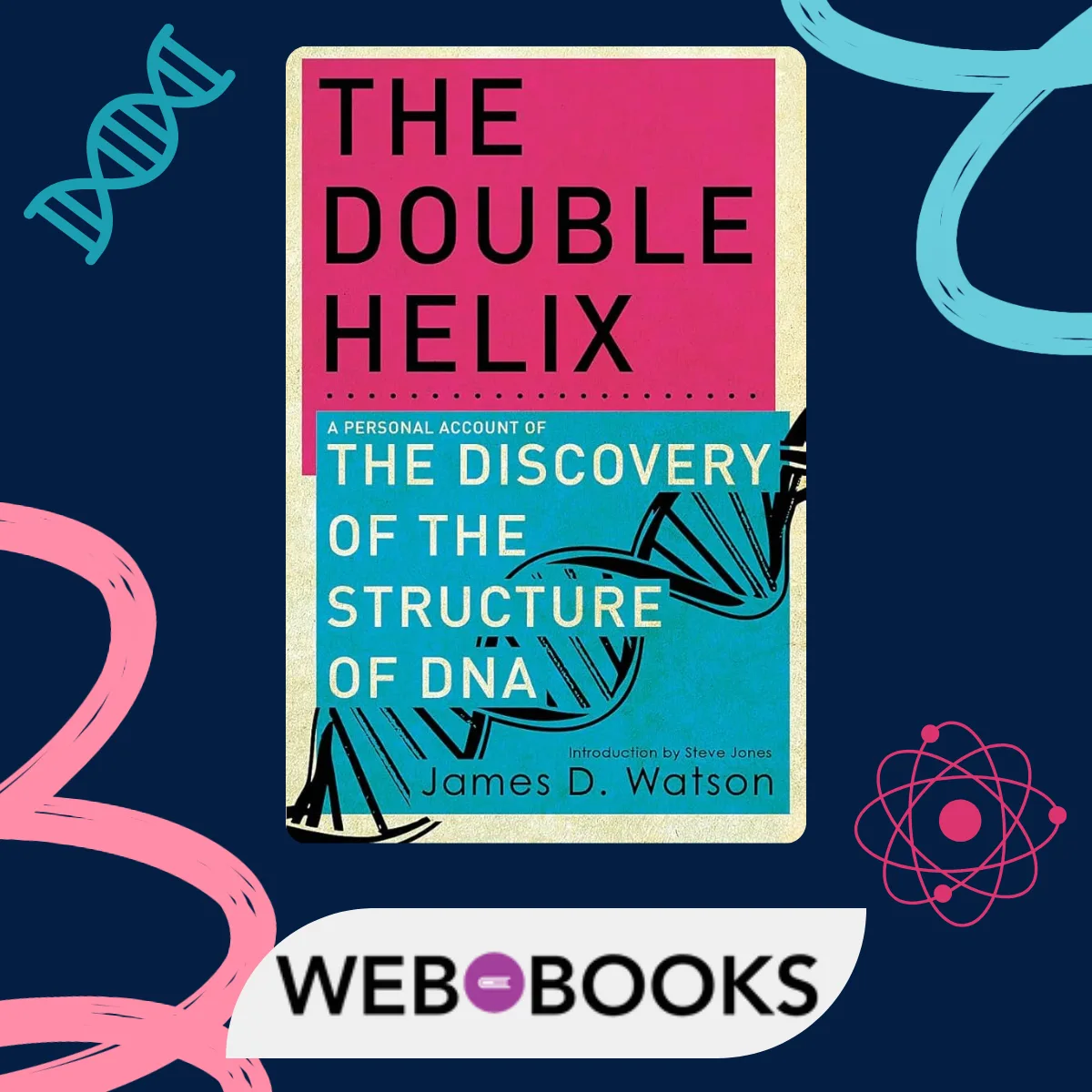
This book’s primary importance is that it makes the “abstract” physical. Before this, scientists knew DNA existed, and they suspected it carried information. But how?
Watson and his partner Francis Crick’s great discovery was the shape. It was an “aha!” moment of pure, elegant geometry. The molecule was a “double helix.” Two strands, coiled around each other, held together by specific “rungs” the nucleotide bases (A, T, C, G).
This structure was not just “pretty.” It was the key to everything. The moment they built their model, the secret of life was revealed. As Watson himself wrote, “It has not escaped our notice that the specific pairing we have postulated immediately suggests a possible copying mechanism for the genetic material.” The two strands were complementary. If you “unzipped” them, each strand could serve as a perfect template for building a new, identical partner.
“The Double Helix” is the essential starting point because it answers the first question of molecular biology: What is the blueprint? The answer is a physical, three-dimensional, stunningly simple, and endlessly complex molecule. This is the “book” of life.
“The Eighth Day of Creation” by Horace Freeland Judson (1979)
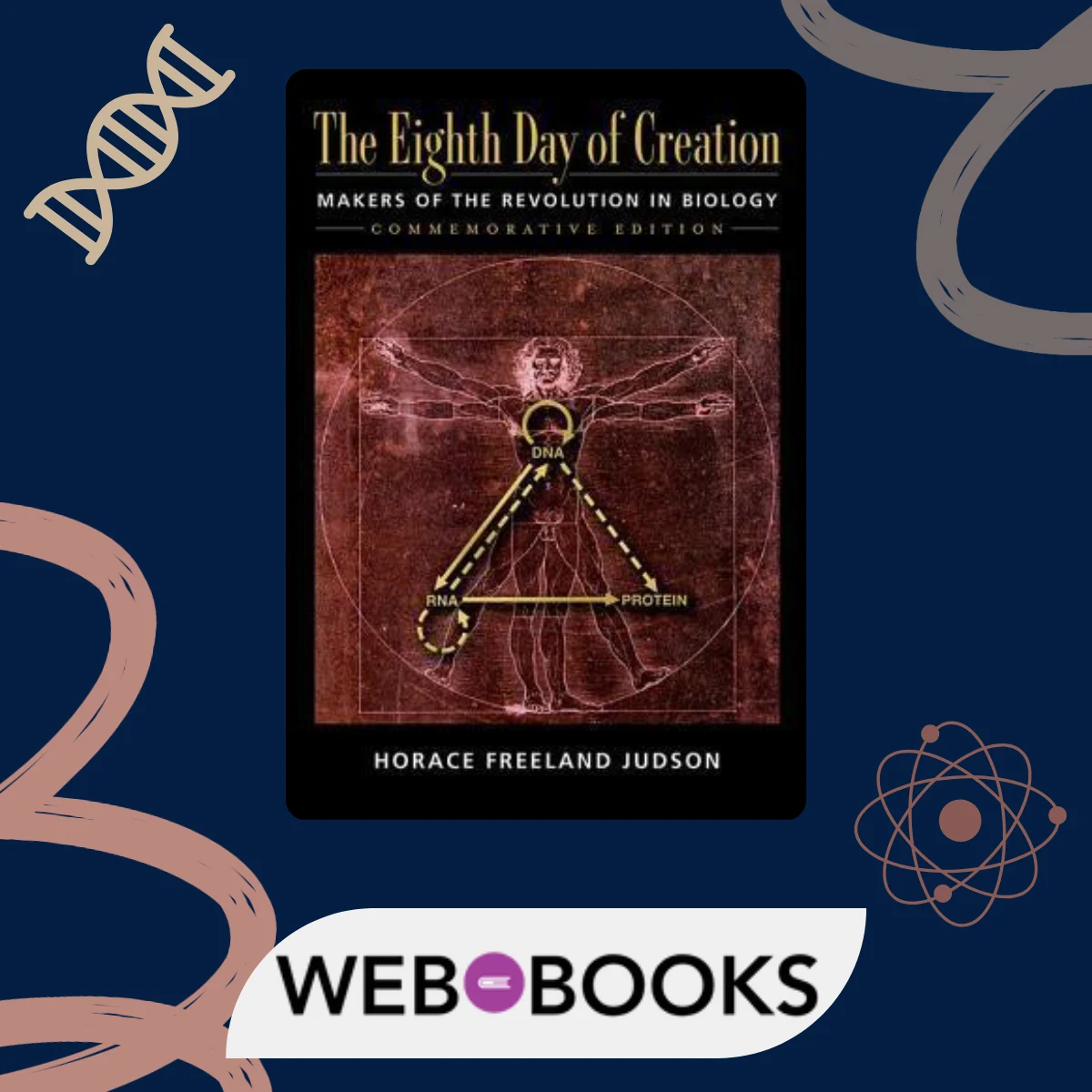
If Watson’s book shows us the “book” itself, Judson’s journalistic masterpiece explains how we learned to read it.
This is, quite possibly, the greatest science history book ever written. Judson chronicles the “golden age” of molecular biology, the two decades after the discovery of the helix, when scientists were in a feverish race to crack the code.
This book is the single best narrative explanation of what is the central dogma of molecular biology in action. It is the story of how scientists figured out “Transcription” and “Translation.” It details the discovery of mRNA, the race to identify the “codons,” and the complex mechanics of the ribosome.
Judson’s book is not a textbook. It is a “biography” of an idea. Through hundreds of interviews, he captures the intellectual “all-nighters,” the failed experiments, the false starts, and the final triumphs of the scientists who, letter by letter, uncovered this universal language. This book is the definitive story of how the “Central Dogma” was uncovered and proven.
“The Selfish Gene” by Richard Dawkins (1976)
So, the structure of DNA allows it to be copied, and the Central Dogma explains how it is read. What are the consequences of this system?
This is where Richard Dawkins’s “The Selfish Gene” comes in. This book is not about the “how” of molecular biology; it is about the “why” of evolution, seen through the lens of molecular biology.
Dawkins takes the Central Dogma and pushes it to its ultimate, logical conclusion.
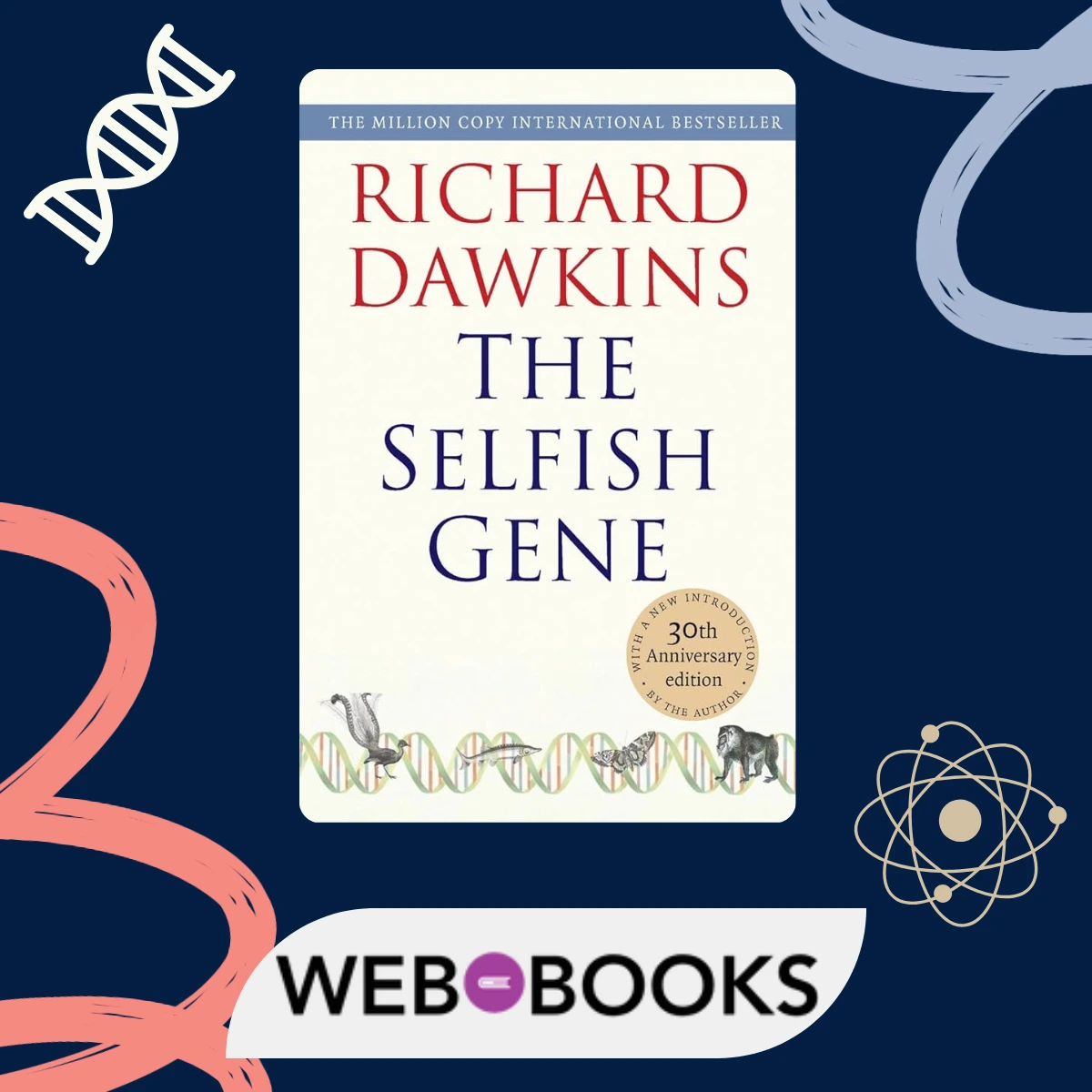
As we established, a key part of the Central Dogma is that information cannot flow backward. A protein cannot change the DNA. This means that what you learn or acquire in your lifetime cannot be written back into your DNA.
Dawkins proposed a radical shift in perspective. If this is true, then we (our bodies) are not the point of evolution. We are merely the “survival machines.”
The real “replicators,” the real subjects of evolution, are the genes themselves (the DNA). We are just temporary “vehicles” or “robots” that the genes build to copy themselves and move to the next generation.
This is the “selfish gene” hypothesis. It does not mean genes are “mean.” It means they are blindly self-replicating. This molecular biology-based view of life explains everything from altruism (saving your relatives, who share your genes) to the very nature of consciousness. It is a profound philosophy that is the direct consequence of the “code” described by Watson and Judson.
“Molecular Biology of the Cell” by Bruce Alberts et al. (1st ed. 1983)
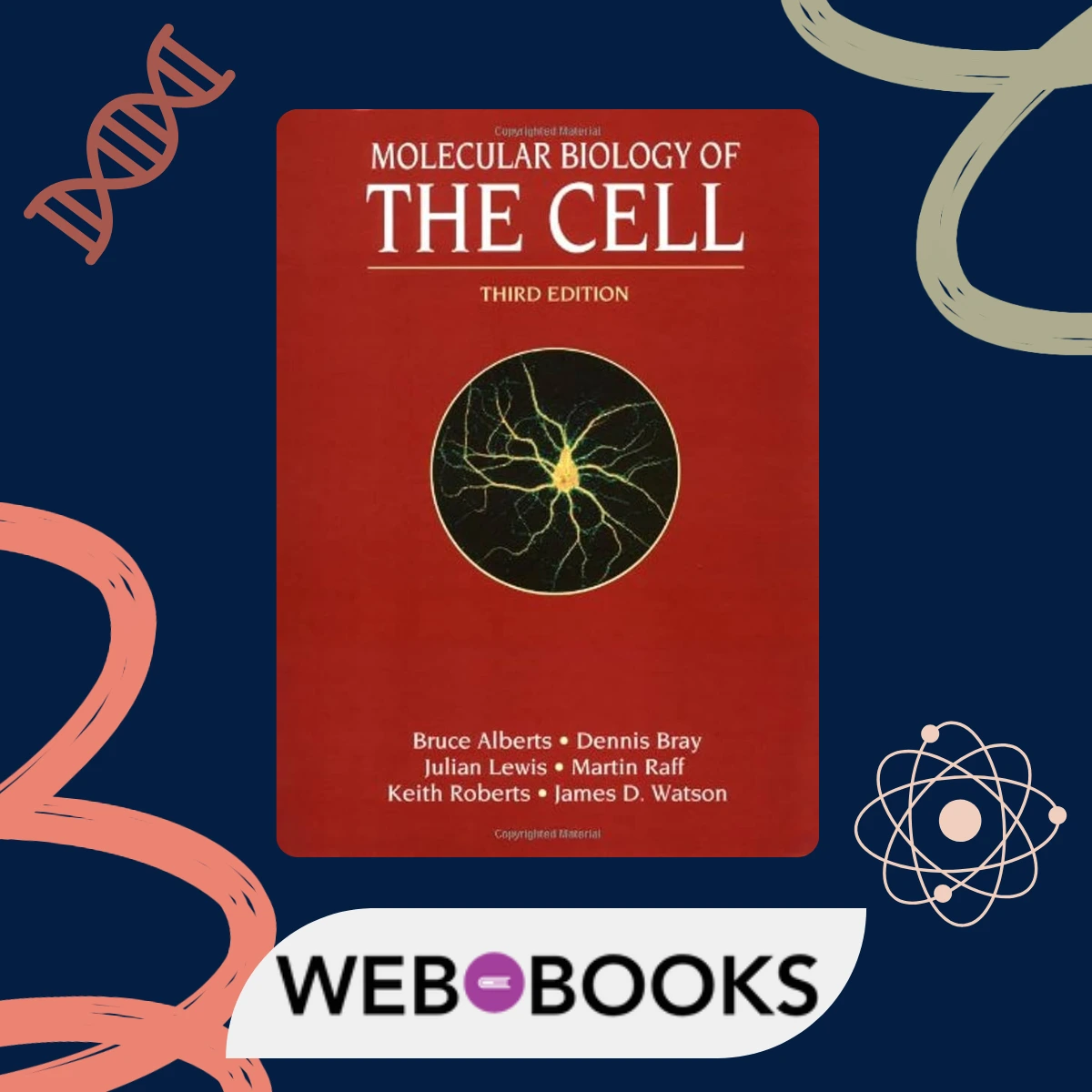
The first three books are “stories.” They are the origin, the dogma, and the philosophy. This fourth book is the “Bible.”
“Molecular Biology of the Cell” (or “MBoC,” as it’s known) is not a book you “read.” It is the foundational, canonical textbook for all modern biologists. It is the encyclopedia of the entire field.
Its very existence is the answer to what is molecular biology. It is the study of this—this vast, intricate, and beautiful universe of systems. It is the definitive guide to the “protein machines” that the Central Dogma creates.
Reading this book (or even just lifting it) shows you the sheer scale and complexity that has grown from those first, simple discoveries. It shows how the cell “walks,” how it “eats,” how it “thinks,” how it “decides” to die, and how it communicates. It is a journey into an alien world that is, in fact, the very core of our being. This is the “Old Testament” of molecular biology. It is the complete, authoritative record of what we have learned from “reading” the code of life.
From a Molecule to a Universe
From a “pretty” helix in a lab in 1953, a new universe of understanding was born.
These four books, read together, tell the complete story.
We now understand what is molecular biology: it is the science of information. We understand what is the central dogma of molecular biology: it is the one-way flow of that information, DNA -> RNA -> Protein.
“The Double Helix” is the personal, human drama of finding the code. “The Eighth Day of Creation” is the epic, intellectual quest to crack the code. “The Selfish Gene” is the revolutionary philosophy that emerges from the code. And “Molecular Biology of the Cell” is the vast, encyclopedic knowledge of the universe that code builds.
This is the power of science. It is a story. It is the greatest story ever told: the story of how life writes, reads, and copies itself. And for the first time in four billion years, we are finally learning to read the book.
Recommended for you

Why Poetry Is Gaining Popularity Among Young Readers
There is a paradox in the modern literary world. For decades, the narrative has been consistent: literacy is in decline, attention spans are nonexistent, and young people, in particular, do not read. Book sales are stagnant. The novel is fighting for its life against Netflix and TikTok. And yet, in the middle of this supposed […]

Top Modern Novels Worth Reading
What makes a novel “modern”? The word itself is a trap. Does “modern” mean new? Does it mean it was written in our lifetime? Or does it refer to a specific, explosive period in art (capital ‘M’ Modernism) that shattered every rule it could find? We believe it’s all three. The “modern novel” isn’t just […]

How to Read Academic Literature Effectively
Reading an academic journal article is not like reading a novel. It is not like reading a blog post. It is a completely different activity. A novel invites you in. A blog post gives you its point quickly. An academic paper, by contrast, is a fortress. It is dense, written in a specialized code, and […]
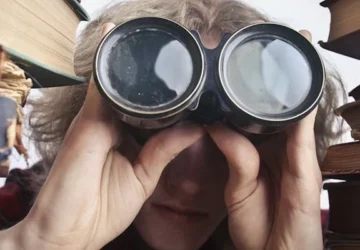
Travel Through Pages: Literature for Explorers
What defines “literature for explorers”? The easy answer is a story about a journey. A book that moves, that chronicles a voyage from a safe harbor to a wild, unknown land. We think of travelogues, memoirs, or survival stories. But this definition is incomplete. It’s too literal. A true story for explorers is not just […]

Why Classic Literature Remains Relevant
Why do we still read them? This is a question that echoes through classrooms and book clubs. Why do we bother with books written 50, 100, or 200 years ago, by authors who are long dead? The world has changed. We have the internet. We have immediate, global communication. We have new problems, new technologies, […]

Top Books for Medical Students
Medical school is an onslaught of information. You will spend the next four years (and beyond) immersed in a world of complex facts, intricate diagrams, and high-stakes exams. Your primary focus, understandably, will be on mastering the science of medicine. But becoming a great doctor requires more than just knowing the Krebs cycle or the […]

Does Reading Make You Smarter? The Science Behind the Habit
Does reading make you smarter? The simple, reflexive answer is “yes.” It’s a piece of received wisdom we’ve all internalized. We are told to “read more” in the same way we are told to “eat our vegetables.” We know it’s good for us, but the specific reasons remain abstract. What does “smarter” even mean? If […]

How to Publish a Book: A Step-by-Step Guide for New Authors
For every new author, the dream is the same. It is the moment of holding a finished, physical book in your hands. It is the smell of the paper, the weight of the object, the sight of your name on the cover. It is a dream of validation and completion. But between the final period […]